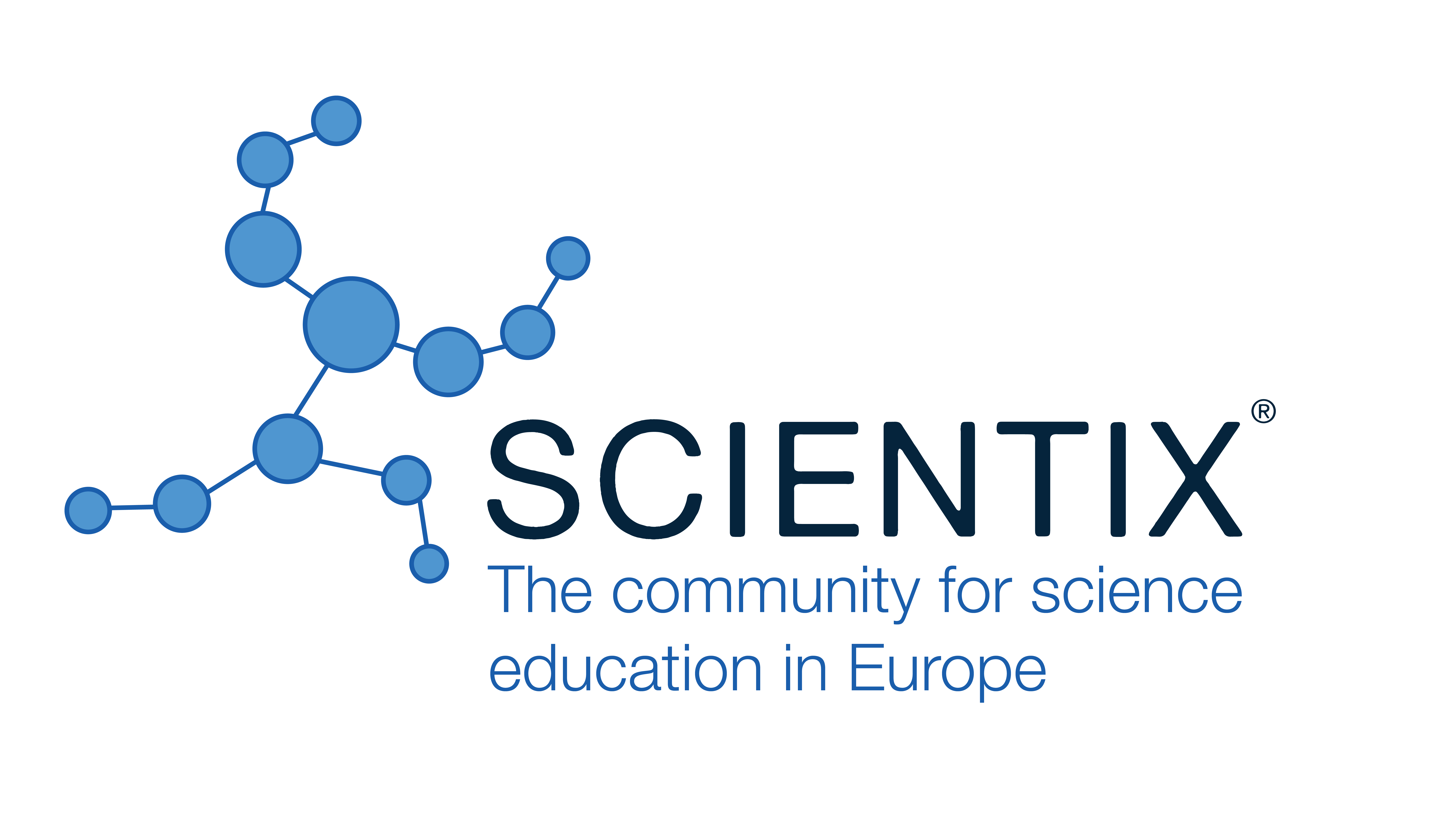The Technology of Authentic Interlingual Transformations Between Languages of Primary and Secondary Socialization in the Process of Teaching and Learning Students
Soldatova Lesia, Department of English Language and Communication, Faculty of Romance and Germanic Philology, Borys Grinchenko Kyiv Metropolitan University (Ukraine)
Abstract
The research paper considers the problem of achieving authenticity of interlingual transformations of phraseological units with similar "core meaning" of one of the acoustic-graphic codes (words) in the structure of analyzed units. Every language has phraseological units. These are stable phrases characteristic of a certain language, the meaning of which is not determined by the meaning of the individual words included in its composition. They are used within their own language context and display their “linguistic picture of the world”. When using phraseological units, you need to be sure that they are reproduced correctly. It is necessary to know their exact meaning and the image that underlies expressions. The presence of ambiguity and errors in understanding the essence of phraseological units lead to a conflict in the “pictures of the world” of speakers of these languages. The research aims to propose a variant of the technology of authenticity interlingual transformations achievement that prevents false understanding and analogies of phraseological units in the "Language of primary socialization" and achievement of the "Language of secondary socialization" and vice versa and show its usage in practice. The technology is based on the creation and use of a synthesized complete and unambiguous explanatory formula of the essence of phraseological units, analysis and correlation of the received information to identify the presence or absence of the vectors of informational correspondence of analyzed units to eliminate uncertainty and mistakes. The proposed technology could be used in all language code systems because it is created taking into consideration of psycho-physiological features of the human`s brain ability to identify the main and secondary, general and different, form, code, and decode information. The technology has theoretical, methodological, and practical significance in the field of education, for example, in the process of learning and teaching “Languages of secondary socialization”. Own experience showed that this technology can be used by teachers and students in combination with the project method in the process of standard, distance, and online teaching and learning.
 The Future of Education
The Future of Education





























